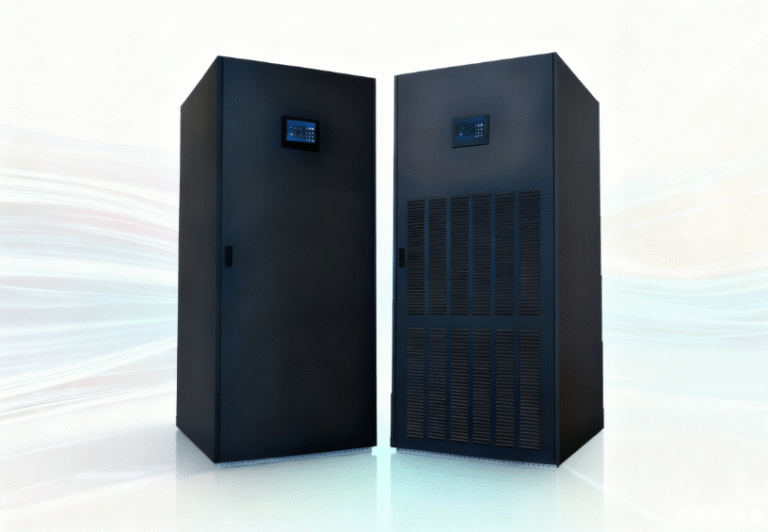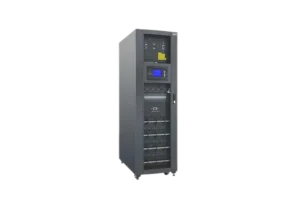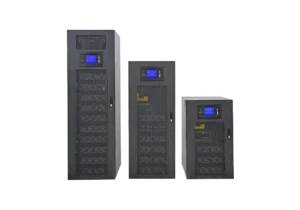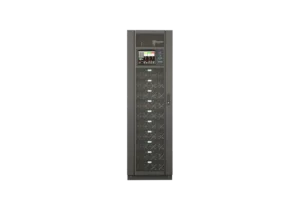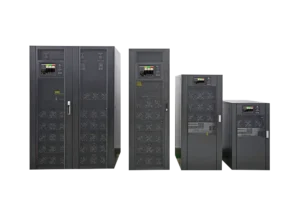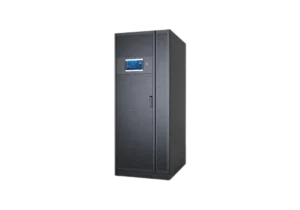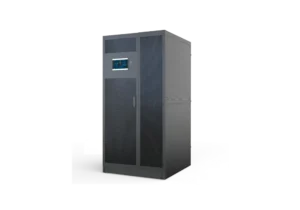Introduction
Choosing the right precision cooling solution is critical for maintaining uptime and protecting valuable IT equipment. Selecting a system designed specifically for data center cooling guidelines ensures energy efficiency, stable performance, and scalability. In this blog, we’ll outline key room cooling selection criteria to help you choose room precision AC that fits your facility’s requirements.
Why Precision AC Matters for Data Centers
Data centers generate enormous amounts of heat due to high-density servers and network equipment. Unlike conventional air conditioners, precision units regulate temperature and humidity within a very narrow range, preventing hot spots, equipment failures, and costly downtime. Following best practices from data center cooling guidelines can reduce energy consumption, improve power usage effectiveness (PUE), and extend hardware life.
Step 1: Assess Your Cooling Requirements
The first step in room cooling selection criteria is to evaluate your heat load. Calculate the total power draw of servers, networking devices, and storage systems to estimate the cooling capacity required. Consider future growth—selecting a room precision AC with modular expansion options ensures your system can scale as your data center grows.
Step 2: Review Data Center Cooling Guidelines
Industry standards such as ASHRAE’s data center cooling guidelines recommend maintaining temperatures between 18–27 °C and controlling humidity levels within ±5%. Make sure the systems you evaluate can maintain these conditions even during peak loads or power fluctuations. Look for features like variable-speed fans, inverter-driven compressors, and intelligent control systems that respond quickly to changing demands.
Step 3: Evaluate Energy Efficiency
Energy costs represent a significant portion of data center operational expenses. When you choose room precision AC, look for units with high coefficients of performance (COP) and free cooling or economizer modes. These features use outdoor air when conditions permit, reducing compressor use and lowering your total cost of ownership.
Step 4: Consider Redundancy and Reliability
Downtime can be costly. Selecting systems with N+1 redundancy or dual power supplies is essential for mission-critical environments. Hot-swappable components and accessible maintenance panels make servicing easier without interrupting operations—important elements in any room cooling selection criteria checklist.
Step 5: Check Integration Capabilities
Modern data centers rely on building management systems (BMS) and data center infrastructure management (DCIM) tools. Ensure your room precision AC supports SNMP, BACnet, Modbus, or API connections for real-time monitoring and control. Following data center cooling guidelines, integration allows proactive maintenance and performance optimization.
Step 6: Plan for Scalability and Future Growth
Your cooling solution should grow with your infrastructure. Modular room precision AC systems make it easy to expand capacity without major redesigns. This flexibility supports future server upgrades, rack expansions, and changing airflow strategies.
Bonus Tip: Consult a Specialist
Partnering with an experienced provider like Soeteck ensures that your unique requirements are addressed. From site surveys to commissioning, expert guidance can streamline the process and help you make the most informed decision when you choose room precision AC.
Conclusion
Selecting the right precision cooling system is one of the most important decisions for any facility manager or IT professional. By following room cooling selection criteria, adhering to data center cooling guidelines, and partnering with trusted experts, you can protect your equipment, optimize efficiency, and prepare your data center for future growth.
For tailored recommendations or a site assessment, contact Soeteck today—we’ll help you choose room precision AC that keeps your mission-critical systems running smoothly.




